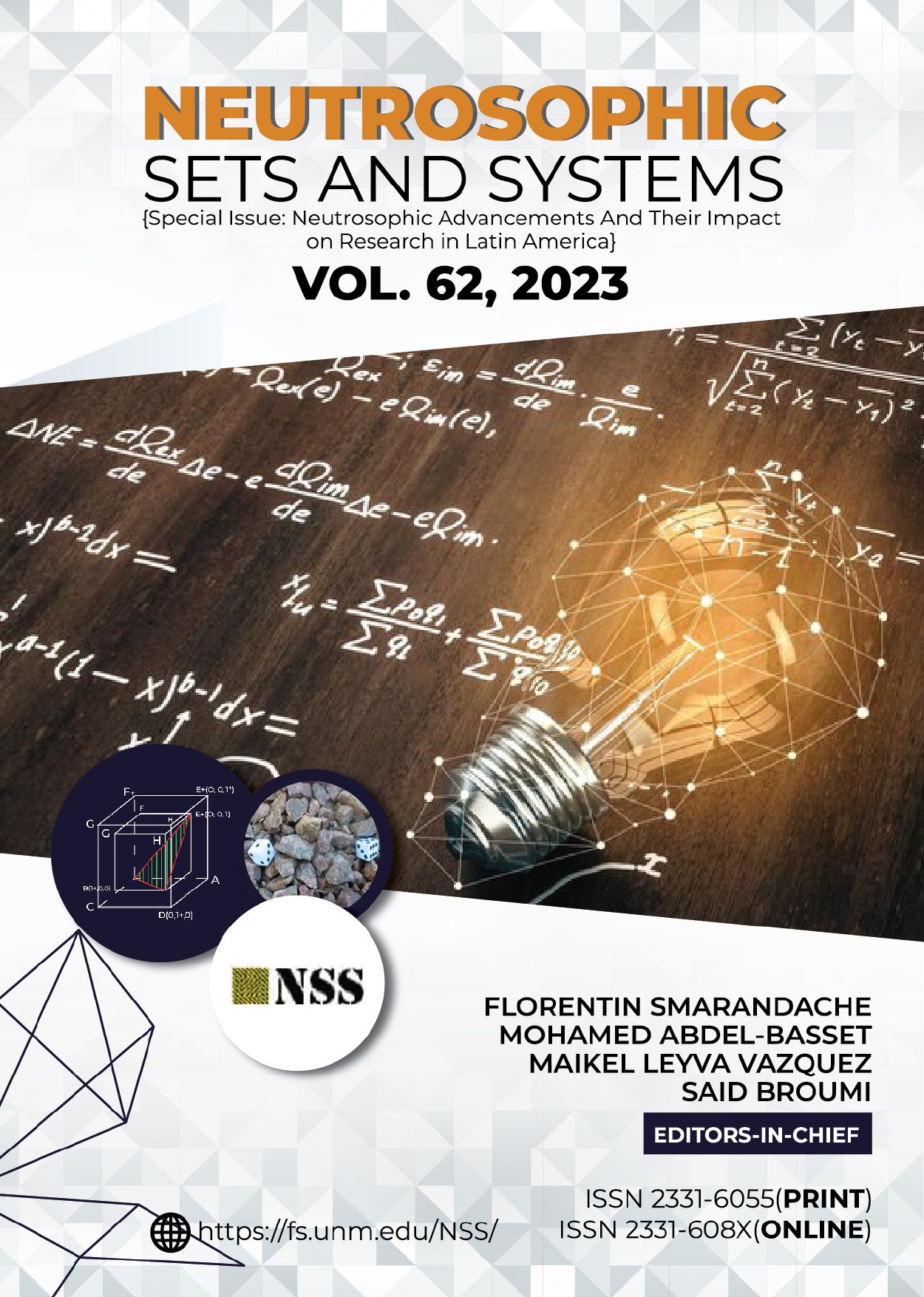Evaluation of the Effectiveness of Preventive Dental Education in Primary Schools
Keywords:
evaluation, education, dentistry, prevention, neutrosophic logicAbstract
The study conducted focused on assessing the effectiveness of preventive dental education in a primary school in
Puyo, using neutrosophic logic as the main approach. To achieve this purpose, the TOPSIS method was adapted to perform a
quantitative evaluation of various alternative dental prevention education programs. In parallel, the traditional TOPSIS method
was applied to compare the results obtained. Despite numerical discrepancies between both methods, there was a consensus in
favor of the "Dental Health Clubs" program. However, the most notable aspect was that the Neutrosophic TOPSIS method stood
out for its greater effectiveness in managing ambiguity and uncertainty present in the evaluation. This was reflected in higher
proximity coefficient scores, suggesting that this approach provides a more solid foundation for selecting the most suitable edu
cational program in the context of preventive dental education. This finding underscores the importance of incorporating neu
trosophic logic in decision-making in situations where uncertainty and ambiguity are key factors.
Downloads
Downloads
Published
Issue
Section
License
Copyright (c) 2023 Neutrosophic Sets and Systems

This work is licensed under a Creative Commons Attribution-NonCommercial-ShareAlike 4.0 International License.







